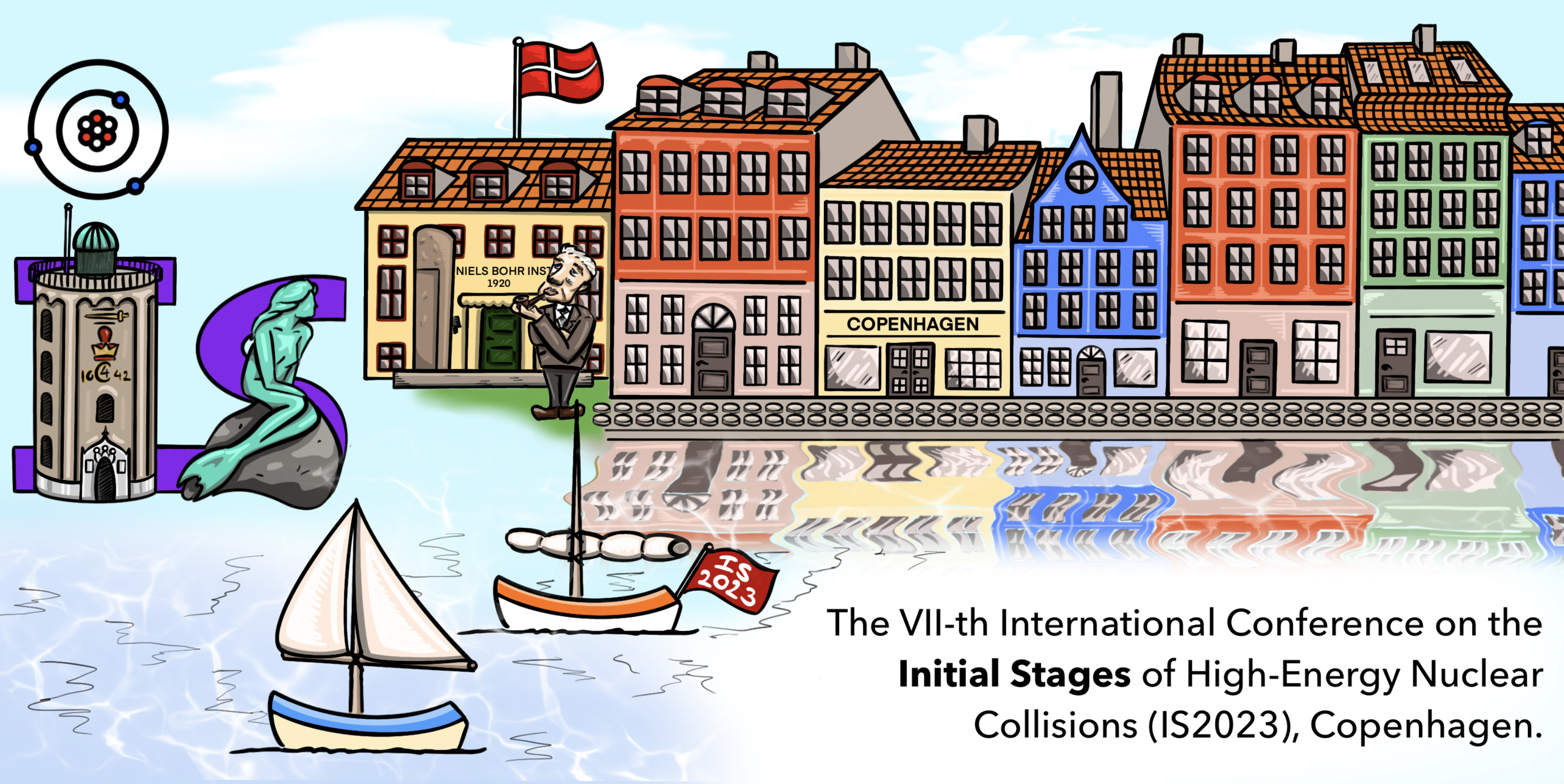Speaker
Description
The striking resemblance of high-multiplicity proton-proton (pp) collisions at the LHC to heavy ion collisions challenges our conventional wisdom on the formation of the quark-gluon plasma (QGP). A microscopic explanation to the origin of collectivity in pp collisions will help us understand the mechanism that leads to the QGP-like signals in small systems. In our recent work [1,2], we have coupled PYTHIA8 initial conditions with the final state parton and hadron interactions and quark coalescence of the string melting AMPT model to study pp collisions. In this approach, the AMPT initial condition originally provided by HIJING is replaced by the PYTHIA/Angantyr model and includes the sub-nucleon structure for the proton. The multiplicity dependence of light hadron productions from this model is in reasonable agreement with the 13 TeV pp data. We have also found that the collective flow features in pp collisions can be well described by the model with sub-nucleon spatial fluctuations, indicating its importance for the small system evolution. In this talk, we will present these model results and comparisons to the experimental data.
[1] L. Zheng, G.H. Zhang, Y.F. Liu, et. al., Eur. Phys. J. C 81 (2021) 755
[2] Z.W. Lin, L. Zheng, Nucl. Sci. Tech. 32 (2021) 113
| What kind of work does this abstract pertain to? | Theoretical |
|---|---|
| Which experiment is this abstract related to? | ALICE |
